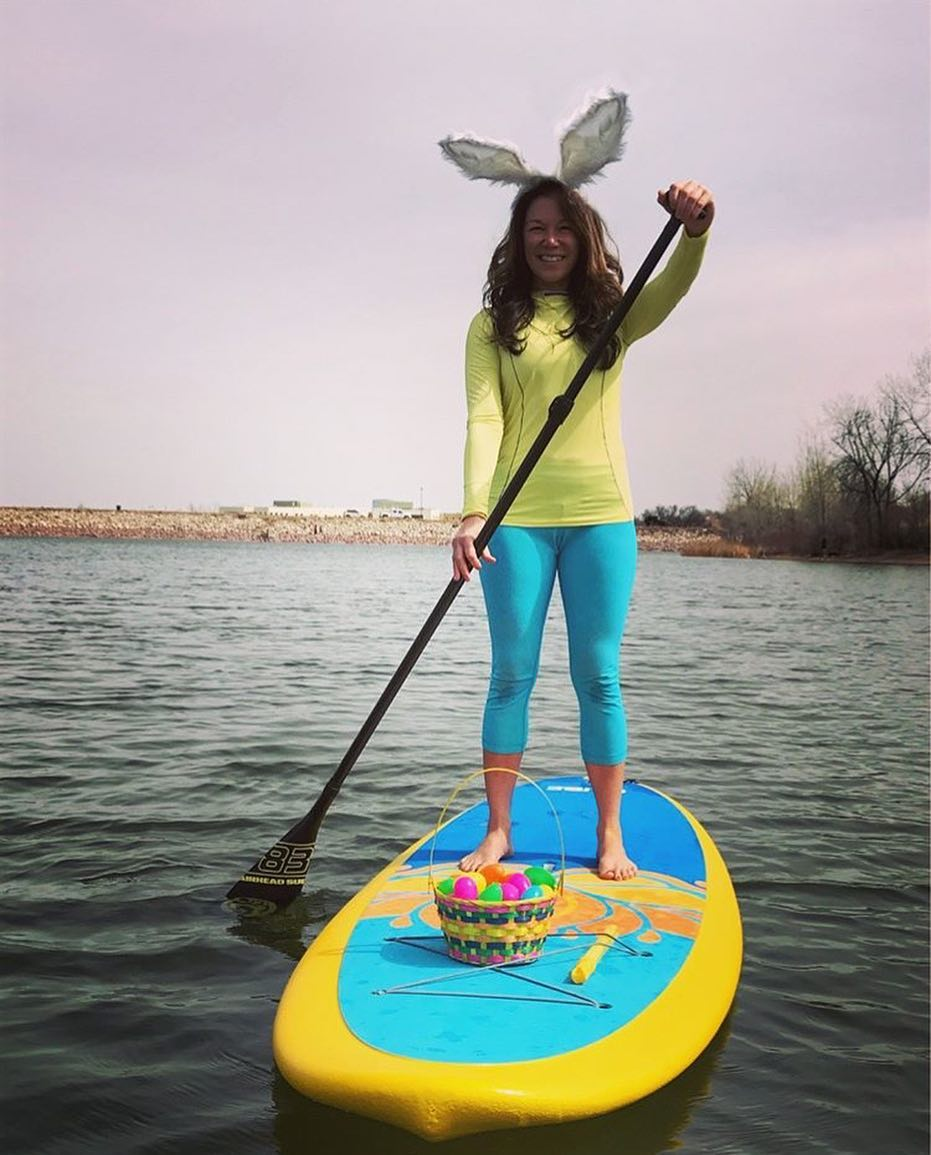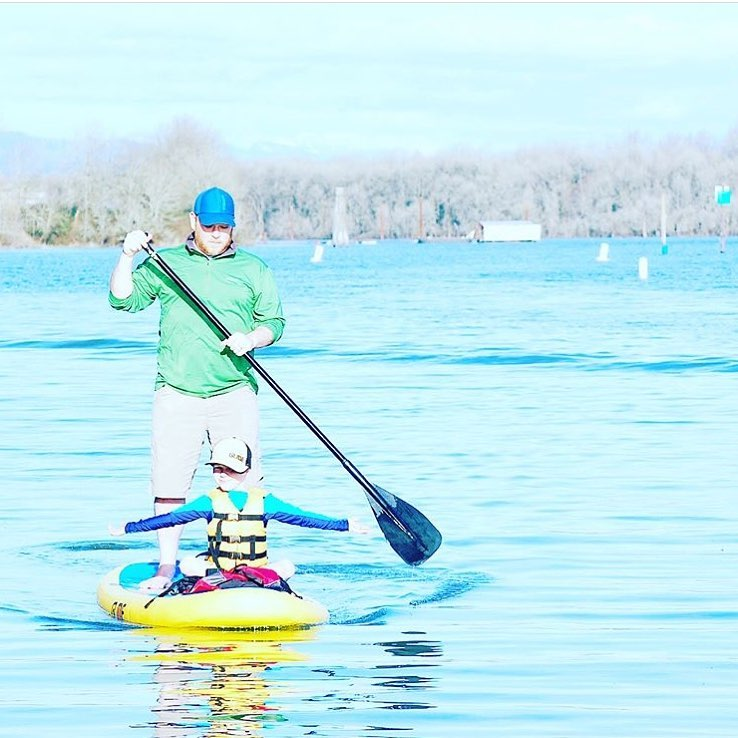
Breaking Down the Paddle Board Paddle Stroke: The Recovery
Introduction
The art of paddle boarding is not just about balance and strength. It's about technique. Without a well-honed paddle stroke, even the strongest paddler can find themselves wasting energy and underperforming on the water. In this article, we’ll explore a critical phase of the paddle stroke: the recovery.
Key Highlights
-
Understanding the Recovery Phase: Discover the significance of the recovery phase in the paddle stroke cycle, focusing on lifting the paddle out of the water and repositioning it for the next stroke.
-
The Importance of the Recovery Phase: Learn why mastering the recovery phase is crucial for efficient strokes, energy conservation, and maintaining a steady speed across all types of paddle boards.
-
Benefits Across Different Paddling Activities: Whether engaging in long-distance expeditions or competitive racing, see how an efficient recovery phase can conserve energy and enhance performance.
-
Executing the Recovery Phase Properly:
- Lifting the Paddle: Tips for minimizing water resistance and ensuring a smooth transition out of the water.
- Repositioning the Paddle: Techniques for using your core to smoothly rotate the paddle back to the front.
- Re-entry: Strategies for a seamless paddle re-entry to maintain momentum and reduce splash.
-
Adapting the Recovery Phase for Different Boards: Insights into how the recovery phase may vary between inflatable and solid paddle boards, and the importance of synchronization in multi-person and tandem paddling.
-
Practice Makes Perfect: Encouragement to practice the recovery phase to significantly improve paddling technique, efficiency, and overall enjoyment of stand up paddle boarding.

What is the Recovery?
In paddle boarding, the recovery phase refers to the part of the paddle stroke where you lift your paddle out of the water and reposition it for the next stroke. Unlike the power phase where the paddle is driving through the water, the recovery phase is about efficiency and setting up the next stroke optimally.
Why is the Recovery Phase Important?
The recovery phase is often overlooked by beginner paddlers. They tend to focus on the power phase of the stroke - where the paddle is in the water propelling the stand up paddle board forward. However, neglecting the recovery phase can lead to inefficient strokes, wasted energy, and slower speeds.
The importance of the recovery phase in paddle boarding cannot be overstated. It serves as the crucial bridge between strokes, dictating the rhythm and effectiveness of your paddle boarding technique. A hasty or sloppy recovery could disrupt the fluidity of your strokes, leading to uneven paddling, erratic movement of your board, and excessive energy consumption. The paddle board, be it an inflatable paddle board or a solid board, requires a seamless transition from one stroke to another to maintain consistent speed and direction, underlining the crucial role the recovery phase plays.

Moreover, the recovery phase presents a unique opportunity to enhance your paddle boarding skills. By paying close attention to this phase, you can improve your overall body coordination, core strength, and balance on the board. Mastering the recovery phase helps you refine the nuanced, often-overlooked aspects of paddle boarding technique, which can give you an edge in competitive scenarios or challenging water conditions. Whether you're a beginner paddler on an inflatable stand up paddleboard or an experienced paddleboarder on a touring board, perfecting the recovery phase is a stride towards efficient, effortless paddling. The recovery phase, thus, stands as an essential component in the pursuit of paddleboarding mastery.
Long Distance Expeditions
For paddlers on long distance expeditions, where energy conservation is key, an efficient recovery phase can make all the difference. It's the opportunity to let your muscles rest momentarily, minimizing fatigue over long distances.
Paddling Speed and Skill Levels
The recovery phase also influences your paddling speed. A well-executed recovery allows you to maintain a high stroke rate, meaning you can paddle faster. This is critical in racing scenarios or when you are trying to fight against a strong current. As skill levels increase, so too does the importance of an efficient recovery phase.
How to Execute the Recovery Phase Properly
Executing the recovery phase properly begins the moment your paddle leaves the water at the end of the power phase.
Lifting the Paddle
Start by lifting the paddle out of the water quickly but smoothly. The goal is to minimize water resistance and splashing. Use your lower hand to control the angle and elevation of the paddle.
Repositioning the Paddle
As the paddle clears the water, rotate your shoulders and torso to reposition the paddle towards the front of the board, ready for the next stroke. This rotation should be smooth and controlled, engaging your core muscles.
Re-entry
The re-entry of the paddle back into the water marks the start of the next stroke. It should be as smooth as possible, with the paddle slicing cleanly into the water to reduce splash and maintain forward momentum.
The Recovery Phase and Different Paddle Boards
The recovery phase can be slightly different depending on the type of paddle board you are using.
Inflatable Paddle Boards
Inflatable paddle boards are often more unstable than solid boards, making a smooth recovery phase even more important. A jerky recovery can unbalance the board and slow you down.
Solid Boards
On a solid board, the recovery phase can be a bit more aggressive, especially if you are racing. Solid boards are typically more stable and can handle a faster, more powerful recovery.
Multi Person Paddle Boards and Tandem Paddling
On multi person paddle boards or when tandem paddling, synchronization during the recovery phase is key. If one person is in the recovery phase while the other is in the power phase, it can create an imbalance and decrease speed.
Conclusion

The recovery phase of the paddle stroke is just as important as the power phase. By focusing on your recovery technique, you can increase your paddle board's speed and stability, make your strokes more efficient, and save energy on long distance expeditions. Remember, practice makes perfect. So, grab your paddle board and hit the water. With time and patience, you will see a significant improvement in your paddling technique.


